The yellow-backed bamboo locust belongs to the group of swarming locusts. When mature, they can gather in large numbers and migrate to find food sources and egg-laying sites, causing serious damage to crops. In recent years, the yellow-backed bamboo locust has caused damage to agricultural and forestry crops in China, Laos and Vietnam.
As of mid-June, bamboo locusts had emerged and caused damage in 11 out of 16 northern midland and mountainous provinces with an infected area of 1,031 hectares. Of which, Cao Bang was infected with 773 hectares, Bac Kan 63 hectares, Nghe An 50 hectares, Lang Son 38.5 hectares, Phu Tho 38.2 hectares, Tuyen Quang 21 hectares, Thanh Hoa 20 hectares, Son La 10 hectares, Hoa Binh 7 hectares...
In Cao Bang, young locusts have spread widely on bamboo, corn, rice, tobacco, and weeds. The areas with locusts are distributed in districts such as Hoa An, Nguyen Binh, Thach An, Ha Quang, etc.
In our country, the yellow-backed bamboo locust was first recorded to appear and cause damage to bamboo and reed forests in 2008 in four northern midland and mountainous provinces (Thanh Hoa, Son La, Dien Bien, Phu Tho); in the following years from 2009-2015, the yellow-backed bamboo locust continued to appear, causing local damage mainly to forestry trees such as bamboo, reed, reed, etc. in mountainous districts of the provinces: Quang Ngai, Nghe An, Thanh Hoa, Son La, Dien Bien, Phu Tho, Bac Kan and Cao Bang.
From 2016 to 2018, the yellow-backed bamboo locust broke out, causing damage to an area of nearly 4,000 hectares each year on forestry crops such as bamboo, reed, and some agricultural crops such as upland rice and corn.
By 2019, the yellow-backed bamboo locust continued to arise and cause damage, but the area decreased to 1,773 hectares.
From 2020-2023, yellow-backed bamboo locusts only appeared on an area of 300-1,000 hectares.
Currently, most of the young locusts do not have wings, so prevention will be easy and effective. In about 10 days, the young locusts will become adults with wings and will fly in swarms, moving quickly, making prevention very difficult. If not detected early and controlled promptly, many crops are at risk of serious damage.
Head of Plant Protection Department (Plant Protection Department) Bui Xuan Phong said that the area where locusts appear is mainly in bamboo, reed, bamboo, and weed forests with high, steep terrain, far from water sources, and dense forests with many canopy layers, so it is difficult to detect, monitor the direction of movement, and organize spraying of plant protection chemicals. Spraying is only focused on forest areas with low canopy, forest edges, and trails.
Many areas of locusts in the weed fields have no owners, so people do not spray them, allowing the locusts to spread and cause damage. In addition, because the sprayer cannot spray higher than 8m above the forest canopy, the spray nozzle's spread area is limited (3-5m), so many areas cannot be sprayed; the effective time of day for spraying pesticides is limited, only spraying when locusts are less active in the early morning or cool afternoon. Some commune-level units have mobilized forces to spray pesticides, but the implementation process is still confusing.
To proactively prevent and minimize damage caused by bamboo locusts, the Ministry of Agriculture and Rural Development recommends that the People's Committees of the provinces direct the Department of Agriculture and Rural Development, the People's Committees of districts, communes and specialized agencies and units to investigate and detect early locust nests in the area and organize spraying as soon as the locusts are young; closely monitor the situation of bamboo locusts (time of emergence, scope of damage, direction of movement, locust clustering points, etc.), proactively organize prevention and control, and prevent widespread outbreaks. Localities, especially districts and communes where bamboo locusts frequently appear, need to proactively develop plans, budget estimates, prepare adequate conditions in terms of materials and human resources, and be ready for bamboo locust prevention and control.
Local media agencies coordinate with specialized agencies to disseminate information and instruct forest owners and people to check for the presence of bamboo locusts and proactively implement timely and effective measures to handle locusts, avoiding the widespread spraying of chemicals that waste chemicals and affect the ecological environment. Border guards in border areas coordinate with the Department of Agriculture and Rural Development and the People's Committees of districts in exchanging information about the situation of bamboo locusts in border areas. At the same time, organize training on how to identify and control yellow-backed bamboo locusts for farming households.
For localities where the yellow-backed bamboo locust has not been detected, it is necessary to strengthen the organization of investigation, monitoring, and forecasting the development potential of the yellow-backed bamboo locust to proactively develop prevention plans and promptly prevent widespread damage.


![[Photo] Prime Minister Pham Minh Chinh and Brazilian President Luiz Inácio Lula da Silva attend the Vietnam-Brazil Economic Forum](https://vstatic.vietnam.vn/vietnam/resource/IMAGE/2025/3/29/f3fd11b0421949878011a8f5da318635)
![[Photo] Prime Minister Pham Minh Chinh chairs meeting to urge highway projects](https://vstatic.vietnam.vn/vietnam/resource/IMAGE/2025/3/29/6a3e175f69ea45f8bfc3c272cde3e27a)
![[Photo] Dong Ho Paintings - Old Styles Tell Modern Stories](https://vstatic.vietnam.vn/vietnam/resource/IMAGE/2025/3/29/317613ad8519462488572377727dda93)



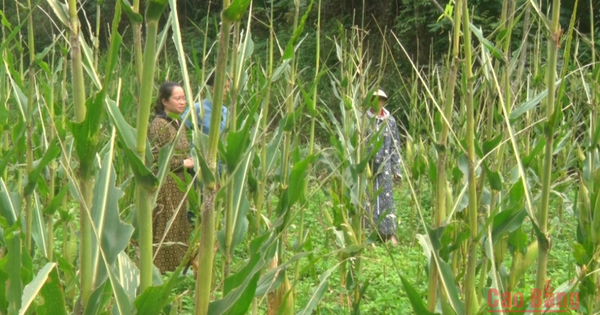

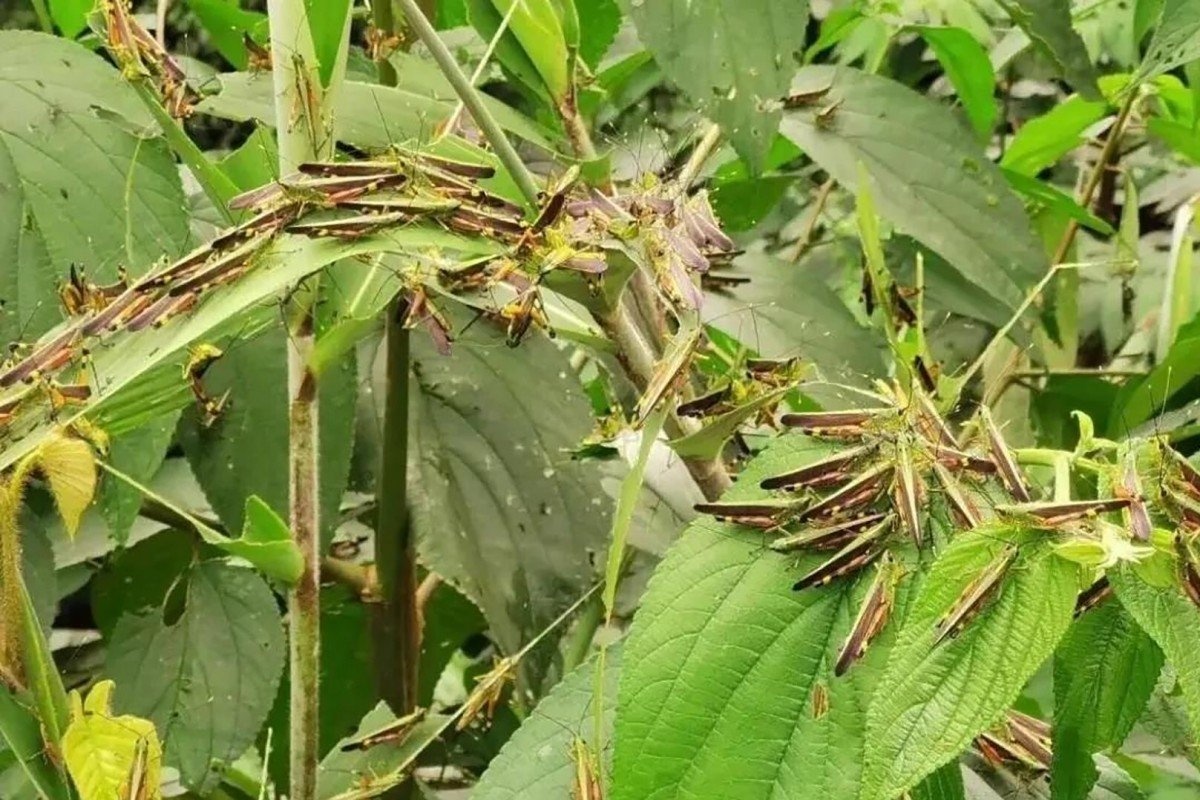

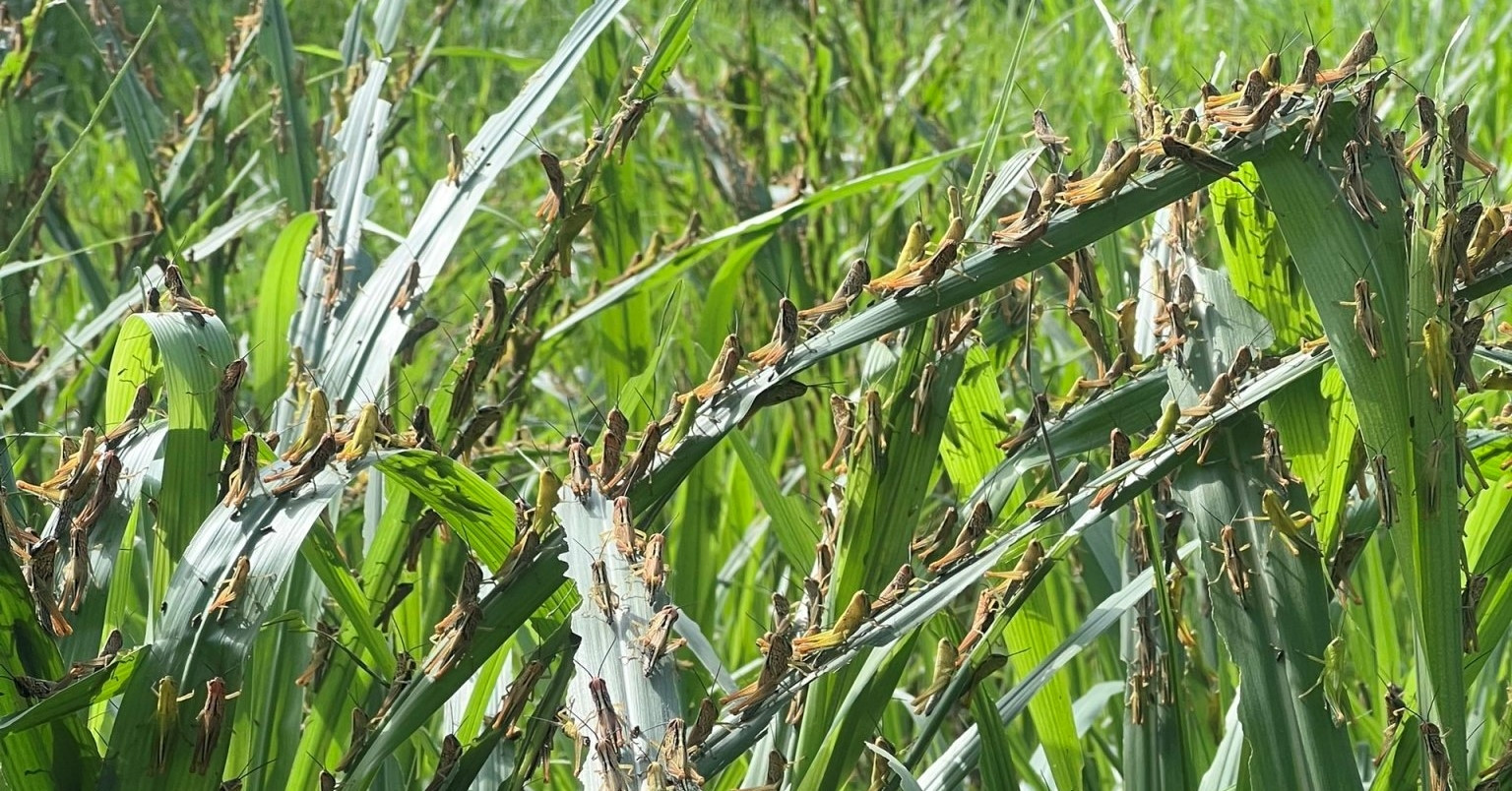

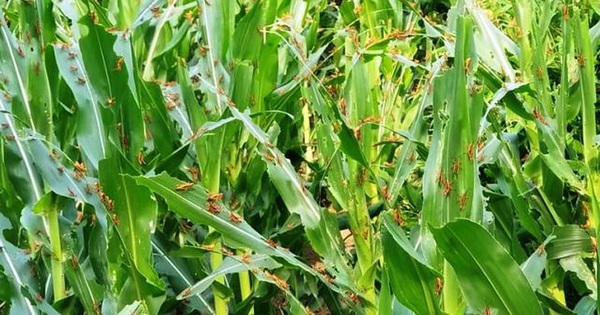











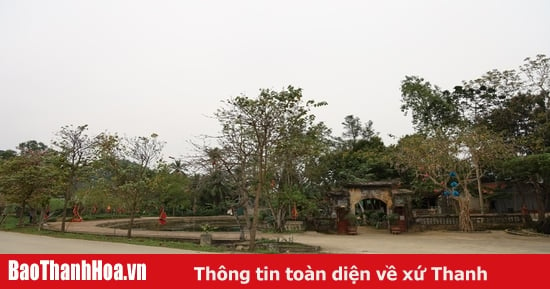



















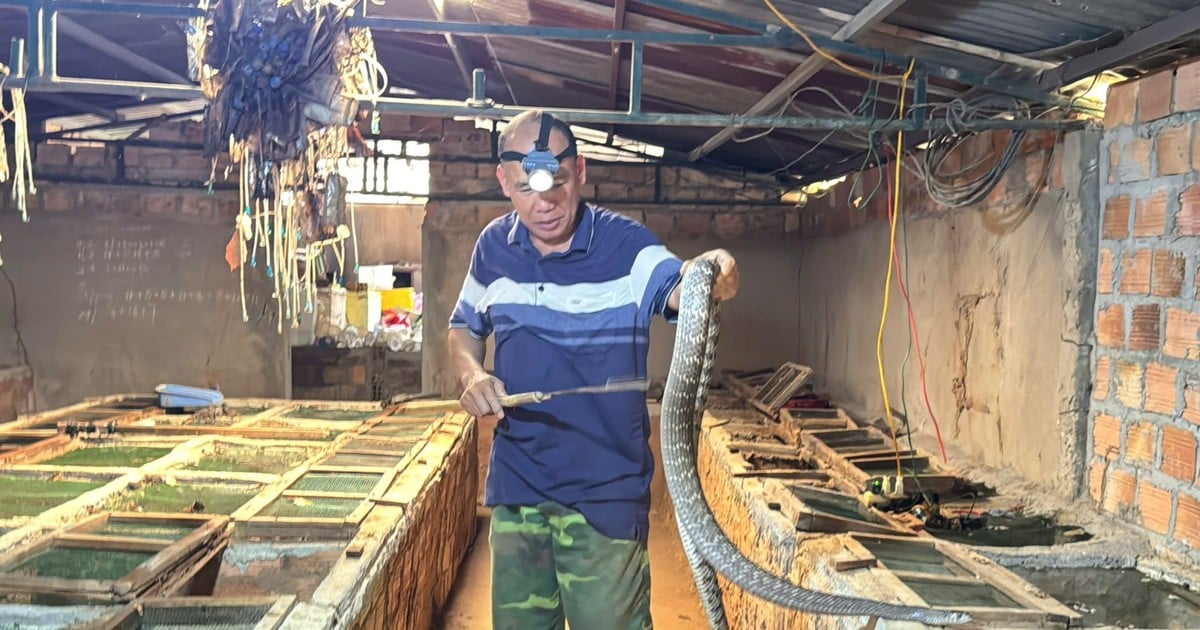
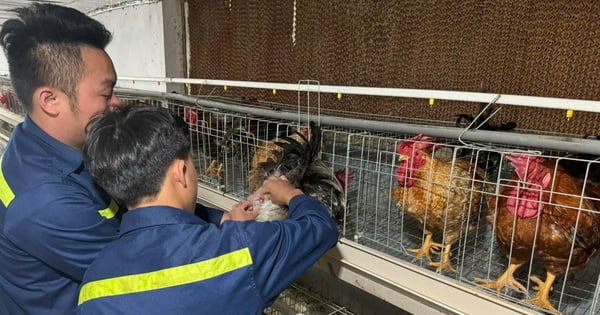
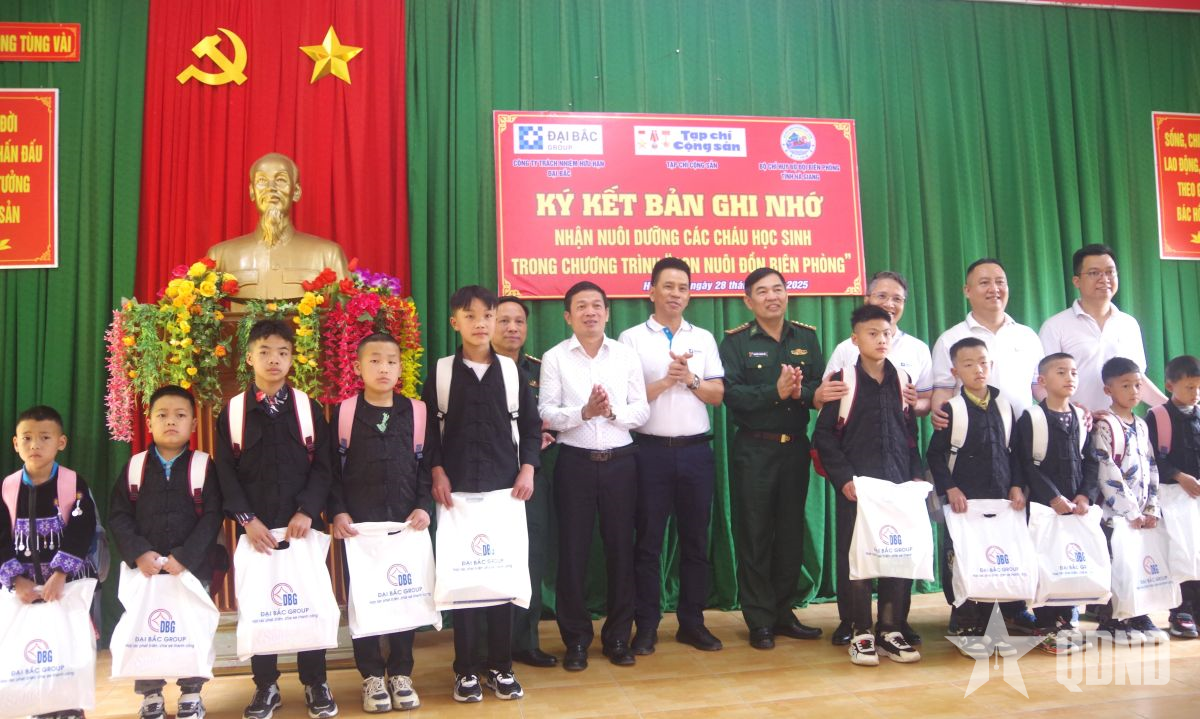














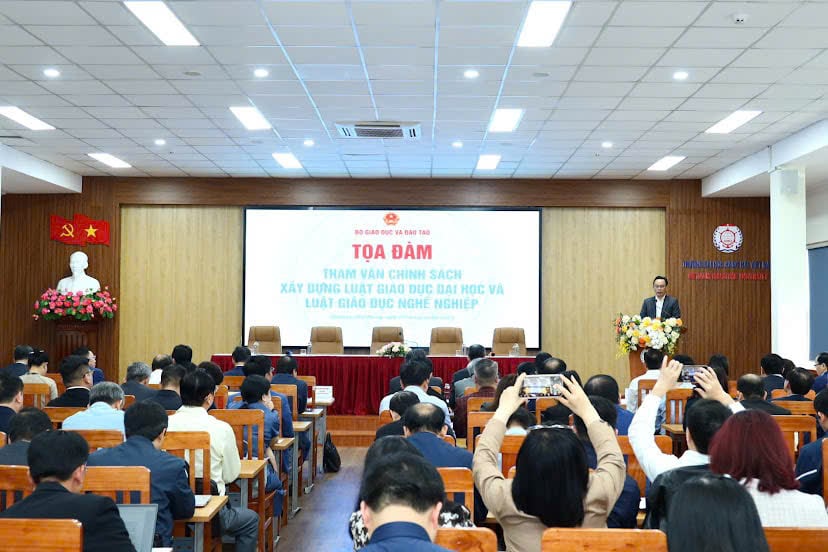














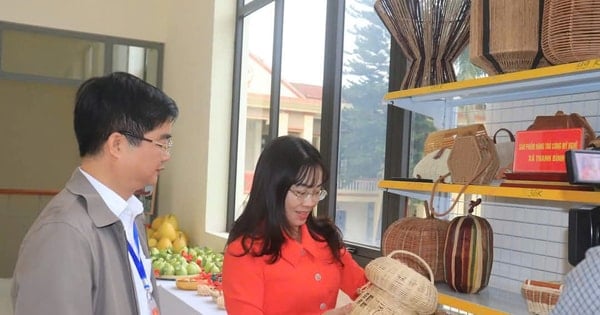

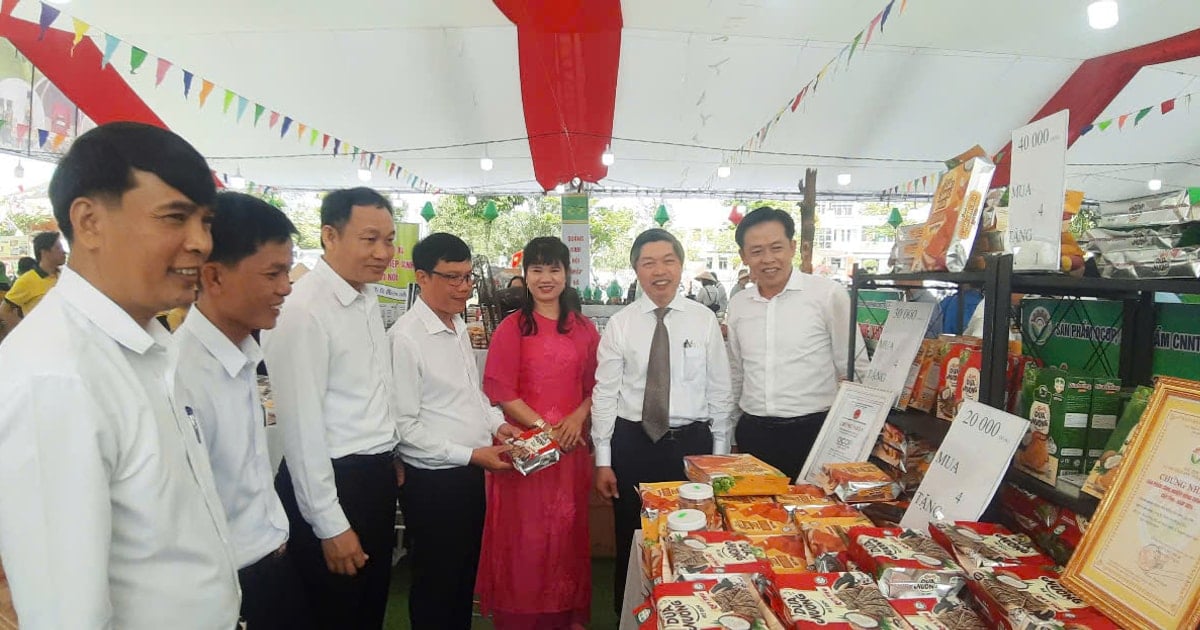




Comment (0)